3 Strategies for Thriving
Over the last few months, we have been doing a lot of virtual presentations. One of the topics that has been very popular is Thriving Through Change. We talk about the difference between change and transition as defined in William Bridges work; change is external, and transition is the internal process. Then we address three strategies that anyone can benefit from implementing:
- REFOCUS on what matters. Fear limits your focus, paralyzes your potential, and sabotages success. During times of massive disruption, it’s easy to get in a fear rut as you focus on what’s happening around you rather than what matters most. Take a pause and consider what is most important to you. Thoughtfully consider your answer and decide how you will invest your precious time and attention. Then take action to move in the direction of your focus. Will you be driven by purpose or by circumstance?
- REFRAME what is happening. This is a useful strategy that many people refer to as “finding the silver lining” or “making lemonade out of lemons.” Before you get concerned that this requires an overly sunny outlook, recognize that words have power. The words you choose create the world you live in. For example, I could say that a guest in my home has COVID and I am stressed out and sure that I am getting deathly ill. Alternatively, I could share that someone in my home has COVID and I am looking forward to the opportunity to take good care of her while staying safe and healthy. Both statements can be true. Which world do you want to live in? Shift your thinking from “why me?” to “what can I learn, how can I grow or where can I contribute to the world?” (FYI – no one in our home is sick, that was an example!)
- REFRESH your body, mind, heart and spirit. Do you remember when time management was a hot topic? When we read The Power of Full Engagement, we learned that managing energy is more important than managing time. If you don’t have the energy to do something, it doesn’t matter if you’ve planned the time. This was further explained in the context of the entire person. We attended the Corporate Athlete Program (based on the book) and learned how critical it is to pay attention to your whole self. This includes physical, mental, emotional, and spiritual (meaning/purpose). All pieces and parts work together. Refreshment is about giving new strength or energy. What daily routines or habits have you developed that refresh you, what drains you, and what could be different?
If this sounds like a useful topic for your organization, let’s talk about setting up a presentation.


